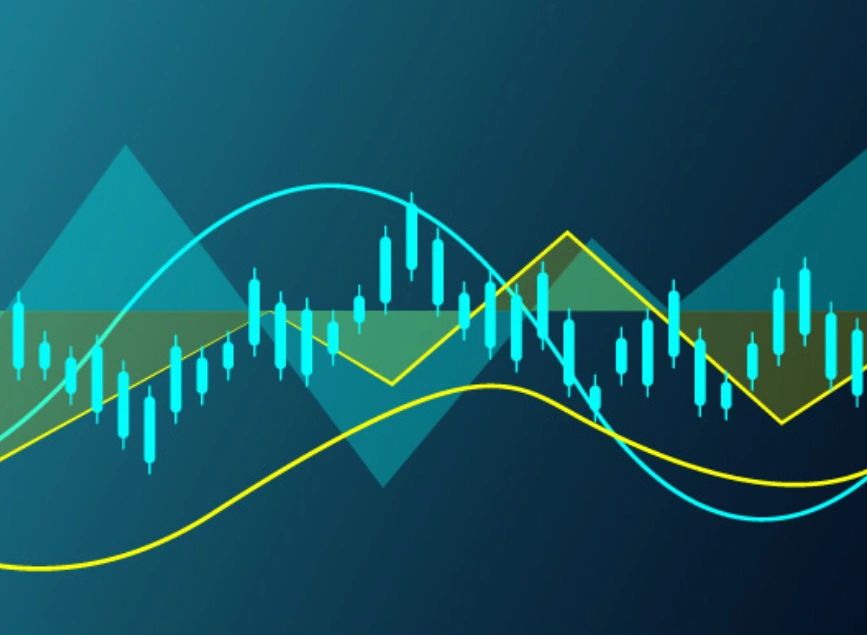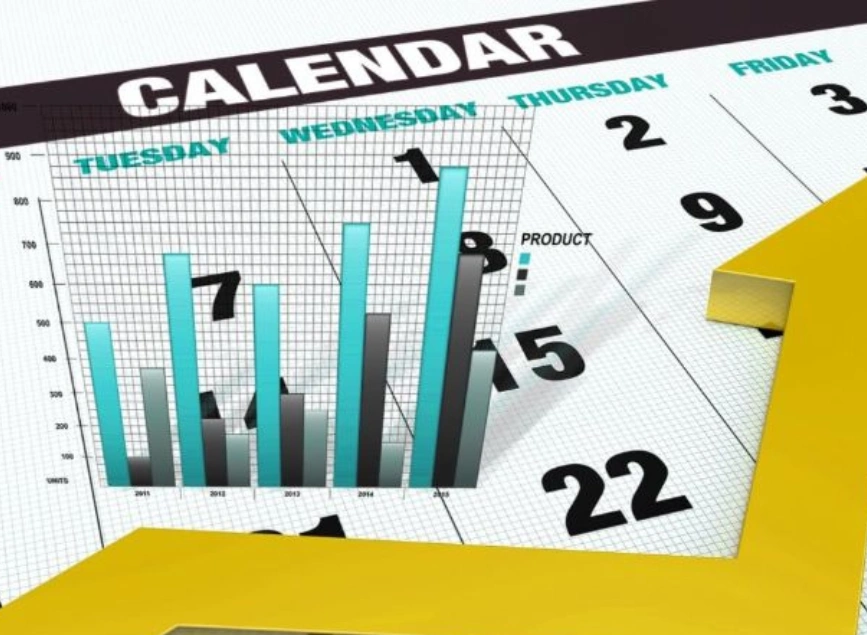
How to Identify Reversal Patterns and Avoid Trend Traps
Estimated reading time: 3 minutes
Table of contents
Have you ever entered a trade just before the market turned the other way?
It’s frustrating and expensive. That’s where reversal patterns in trading come in. These patterns help traders spot when a trend is about to end and a new one is about to begin.
Mastering reversal patterns can save you from chasing the wrong direction and help you get in early when momentum shifts.
What Is a Reversal Pattern?
A reversal pattern is a formation on a price chart that signals a potential change in trend direction.
- In an uptrend, a reversal pattern may signal a move downward.
- In a downtrend, it may signal a shift upward.
These patterns are part of technical analysis and are widely used by traders to spot early entry or exit signals.
What Signals Do Reversal Patterns Give?
Reversal patterns offer a visual cue that:
✅ A trend is losing momentum
✅ Buyers or sellers are stepping out
✅ A new trend may begin soon
They don’t predict the future perfectly—but when used with volume, confirmation candles, and support/resistance, they become powerful tools.
Read More: Engulfing Pattern in Technical Analysis
📊 Common Reversal Patterns
Here are 5 key reversal patterns every trader should know:
1. Head and Shoulders (Bearish Reversal)
- Appears after an uptrend
- Shows weakening buying pressure
- Neckline break signals a possible trend reversal downward
2. Inverse Head and Shoulders (Bullish Reversal)
- Appears after a downtrend
- Indicates sellers are losing strength
- Break above neckline suggests upward move
3. Double Top (Bearish)
- Price peaks twice at the same level
- Failure to break higher signals potential reversal
- Break below support confirms trend change
4. Double Bottom (Bullish)
- Price hits a support level twice
- Failure to break lower shows buying interest
- Break above resistance confirms the reversal
5. Rising/Falling Wedges
- A rising wedge after an uptrend = bearish
- A falling wedge after a downtrend = bullish
- Confirm breakout direction with volume
How to Trade Reversal Patterns (Step-by-Step)
- Identify the pattern near the end of an extended trend
- Wait for a breakout of key levels (neckline or trendline)
- Confirm with volume or candlestick signals (like engulfing candles)
- Enter the trade after breakout confirmation
- Set stop-loss beyond the pattern for safety
- Target profit based on pattern height or recent support/resistance zones
Quick Pattern Comparison Table
| Pattern Name | Trend Before | Reversal Direction | Signal Strength |
|---|---|---|---|
| Head & Shoulders | Uptrend | Downtrend | Strong |
| Inverse H&S | Downtrend | Uptrend | Strong |
| Double Top | Uptrend | Downtrend | Moderate |
| Double Bottom | Downtrend | Uptrend | Moderate |
| Falling Wedge | Downtrend | Uptrend | Strong (if breakout confirmed) |
⚠️ Common Mistakes to Avoid
- ❌ Entering before confirmation
- ❌ Ignoring volume and trend context
- ❌ Confusing consolidation with reversal
- ❌ Setting stops too close to volatile areas
✅ Summary
Reversal patterns are among the most important tools in a trader’s toolkit. They signal when the current trend may end—and a new one may begin.
If you want to avoid chasing trends and getting stuck in the wrong direction, learn to recognize these patterns, wait for confirmation, and plan your trades wisely.
👉 Start by marking reversal zones on your chart. Use them with volume, support/resistance, and candlestick analysis for best results.
❓ FAQ
What’s the difference between reversal and continuation patterns?
Reversal patterns signal a change in trend direction, while continuation patterns suggest the trend will resume after a pause.
Do reversal patterns work on all timeframes?
Yes, but they tend to be more reliable on higher timeframes like 1H, 4H, or daily charts.
Can I use indicators with reversal patterns?
Definitely. Try combining with RSI, MACD, or moving averages for extra confirmation.
Are reversal patterns always accurate?
No pattern guarantees success. Always use risk management and wait for confirmation.
Share
Hot topics

Will 2026 Be a Turning Point for Crypto Regulation in the U.S.?
The cryptocurrency world is gearing up for a transformative year as a pro-crypto administration, led by Donald Trump, prepares to take charge in the United States. With a Congress expected...
Read more




Submit comment
Your email address will not be published. Required fields are marked *